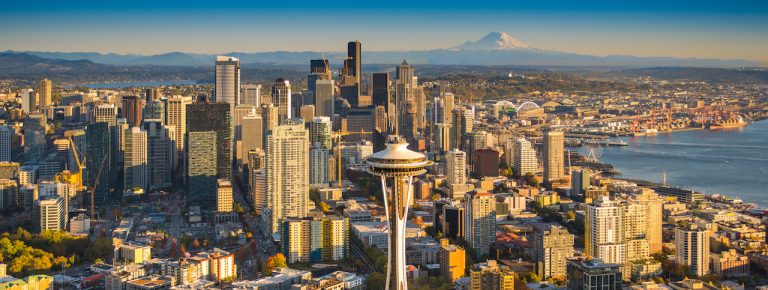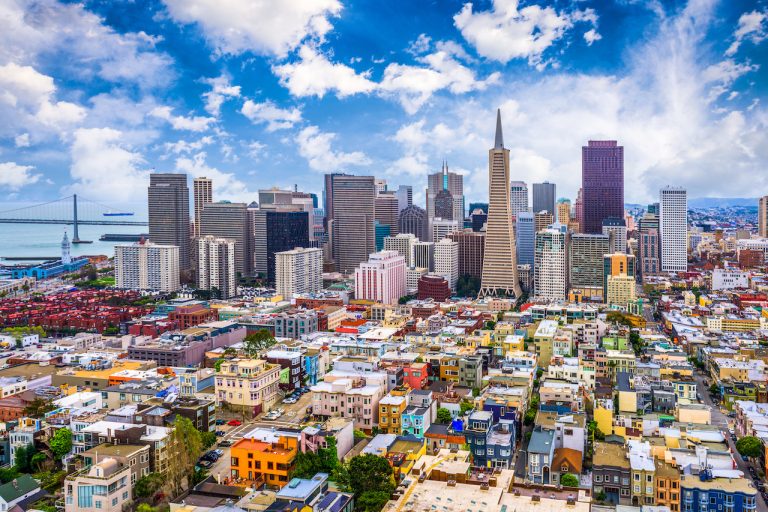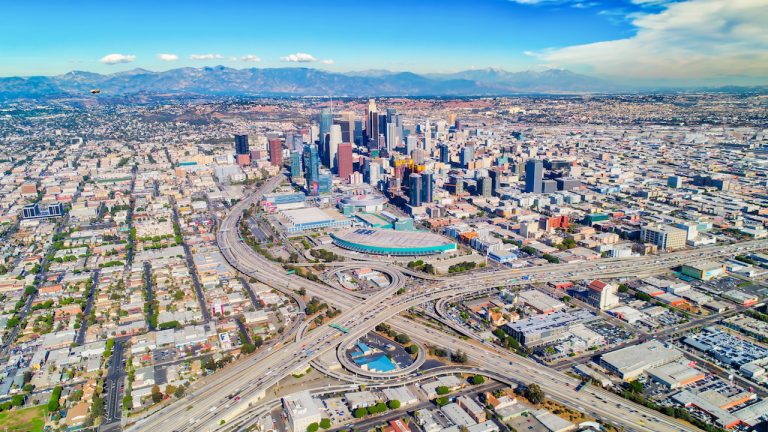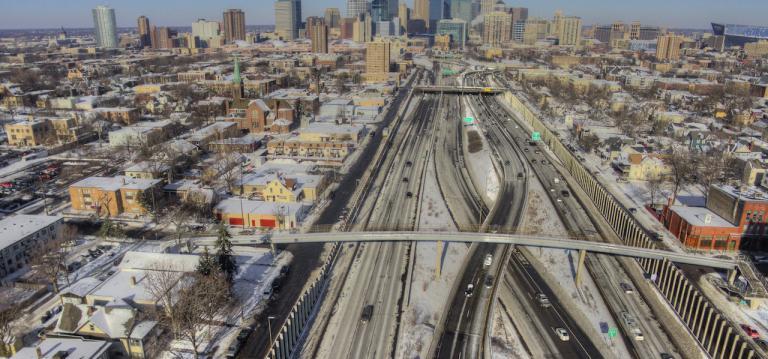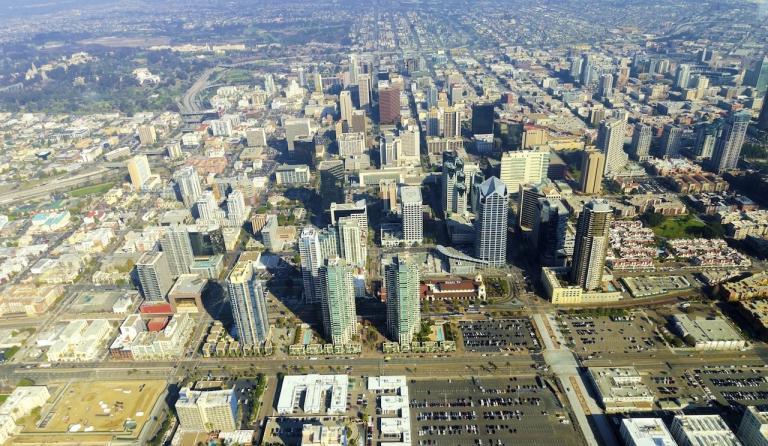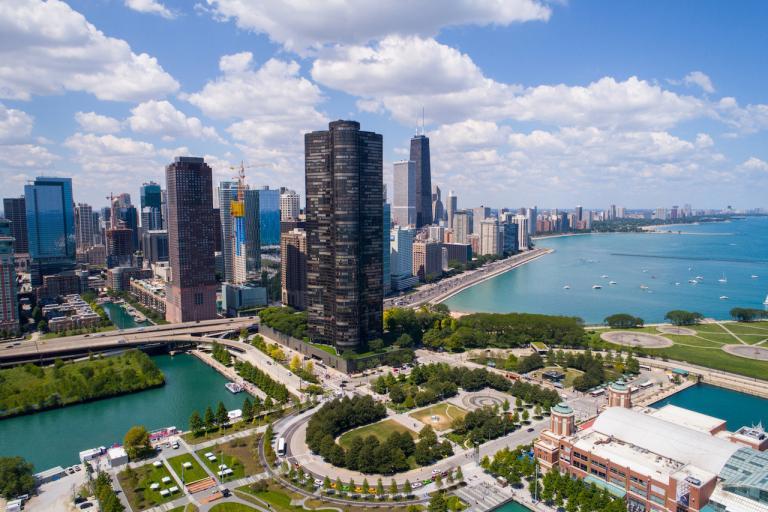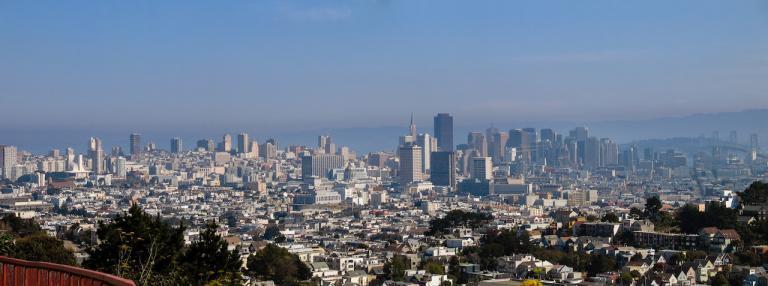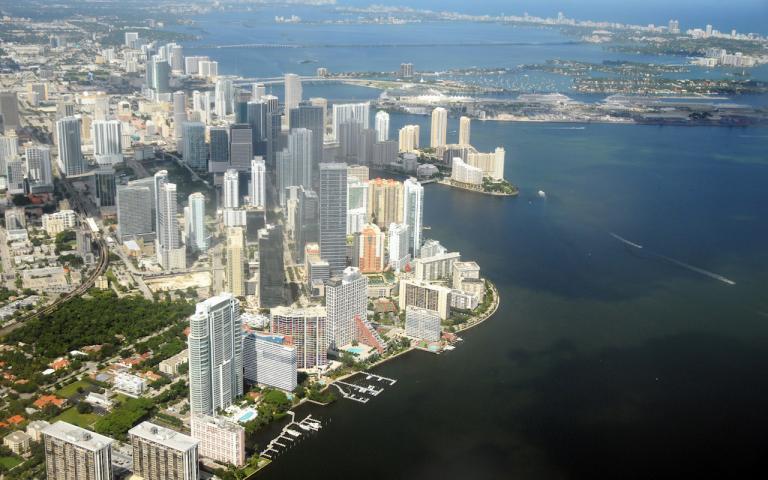Our Cleanest Cities and their Zero Carbon Progress
In the face of our climate crisis, most of these cities have ambitious plans to become carbon neutral with zero net greenhouse gas (GHG) emissions. These cities plan to generate all electricity with renewables. At the same time that wind and solar power are being massively deployed, buildings and people are becoming more efficient, requiring less electricity.
Getting to 100 percent renewable electricity, however, does not cut even half of a city’s GHG emissions. Buildings typically use natural gas (methane) for heating, cooling, hot water, and cooking. Vehicles spew emissions by burning gasoline, diesel, natural gas, and other fossil fuels. To take advantage of renewable electricity, buildings and transportation will need to be all electric and efficient.
California’s 2018 Climate Action Breakthrough
The 40-million people of California are not only growing the world’s fifth largest economy, they are accelerating the transition to use 100 percent renewables in less than 30 years. Recent success, shows that reaching 60 percent renewables for energy will be achieved and an enormous win for slowing global warming, improving health, efficient economy. Beyond 60 percent, there are several paths to carbon neutrality.
An Overview of California’s Water Challenges and Solutions
The groundwater basin is only 46 percent full, but that is an annual improvement thanks to reduced pumping. Beyond centralized water recycling, water reuse is also done at the building level, following zero-energy and living-design principles. Water efficiency, AMI (advanced meters), leak detection, storage, infrastructure, and IoT with sensors are all helping.
Observations & Predictions for Cities Based on Three Revolutions
Mobility could get much better or it could get worse. Planning, policy, and pricing will make the difference. Done well, we will have fast mobility powered with renewable energy as we travel connected cities on high-speed rail, then fast commuter rail and electric buses, with last mile services that include ride-hailing AV-EV shuttles, cars, bikes and safer walking.
Power Struggle for Aggressive Urban Renewable Energy Goals
Reaching 100 percent renewables takes political courage. California puts a price on carbon. Minneapolis facilitates private investment in community solar. Texas ends utility monopoly power with an open market.
Building Resilience with Microgrids and Smart Energy
In some regions, electric grids have increased capacity, become more reliable, much better at integrating distributed renewables, smarter and more resilient. In other places, serious investment is needed to reduce the risk of failure in storms and malfunctions that cause everything from wildfires to millions living for days in darkness. Microgrids are a growing part of the solution.
Electrify Everything and Slow Climate Change
In California, millions of homes are all-electric and 819,337 have solar roofs. Electric heat pumps can accommodate all needs for water heating, air conditioning and heating. Starting in 2020, all new California homes will be required to be zero-energy, accomplished by being well insulated, very efficient, all electric, and having solar roofs. Zero-energy homes, government and commercial buildings will allow the major cities of San Diego, San Francisco, and even massive Los Angeles to meet city goals of using 100 percent renewables.
Smart City Chicago
Chicago may cut its annual energy cost for street lighting by 60 percent. Millions more will be saved by not using expensive trucks and labor to patrol streets looking for burned-out bulbs. Using the internet of things (IoT), the light poles will include sensors and wireless communication and communicate when an LED light needs replacing. To improve safety, the light poles will be integrated with the city’s 311 system, which provides a portal for access to city services. In the future, street lighting may also be integrated into the 911 system.
Priority Development in the Bay Area
Walkable suburbs transit-connected to cities can provide regions throughout America with more affordable housing. Safe walking, bike lanes, and innovative mobility services are transforming the last miles to downtowns are regional rail. Mixed-use development at greater than 30-foot elevation provides regional resilience to all coastal cities vulnerable to sea rise, flooding, and hundred year storms that now hit every year from New York to Miami, from New Orleans to Houston, and from San Diego to Seattle.
Sinking Cities Saved by Resilient Regions
Sea rise and extreme climate are challenging urban planners to be regional planners; they confront civic leaders with the need to take a long view of time and see beyond city boundaries. We also see how global employers can lead in shifting jobs and relocating facilities.
LA May Host First Renewables-Powered 2028 Olympics
The Olympic motto is three Latin words: citius, altius, fortius – faster, higher, stronger. With electric rail and buses, taller green buildings in thriving mixed use neighborhoods, and resiliency with distributed renewables, these three attributes will also be said of Los Angeles in ten years.
Pittsburgh: From Steel to Sustainable
On June 1, 2017, President Trump withdrew the US from the Paris Accord, a non-binding climate agreement with 195 nations. Trump stated that the agreement blocked development of clean coal. That is not true. What is true is that the industry has promoted “clean coal” for one hundred years without delivering, costing US taxpayers tens of billions.
Trump said, “I was elected to represent the citizens of Pittsburgh, not Paris.”
Pittsburgh Mayor William Peduto was quick to respond.

